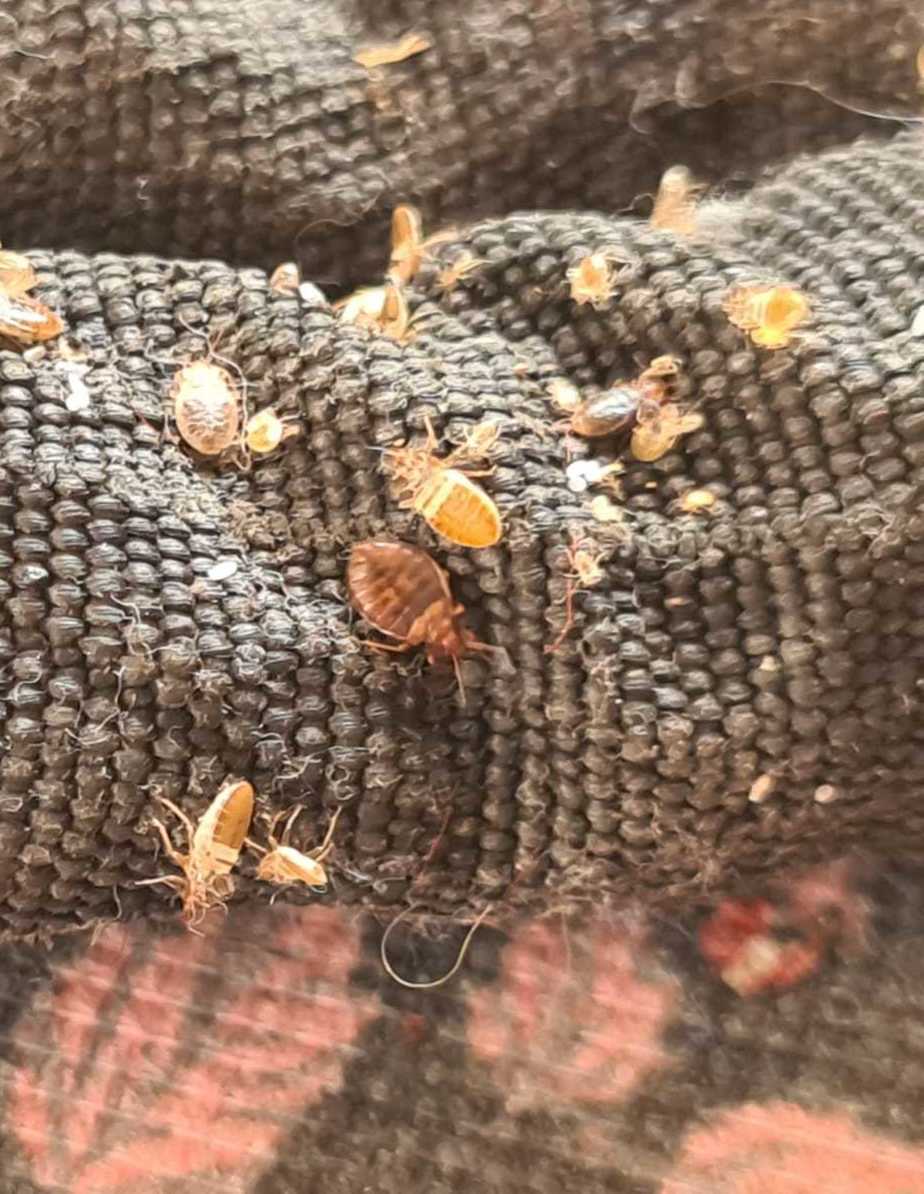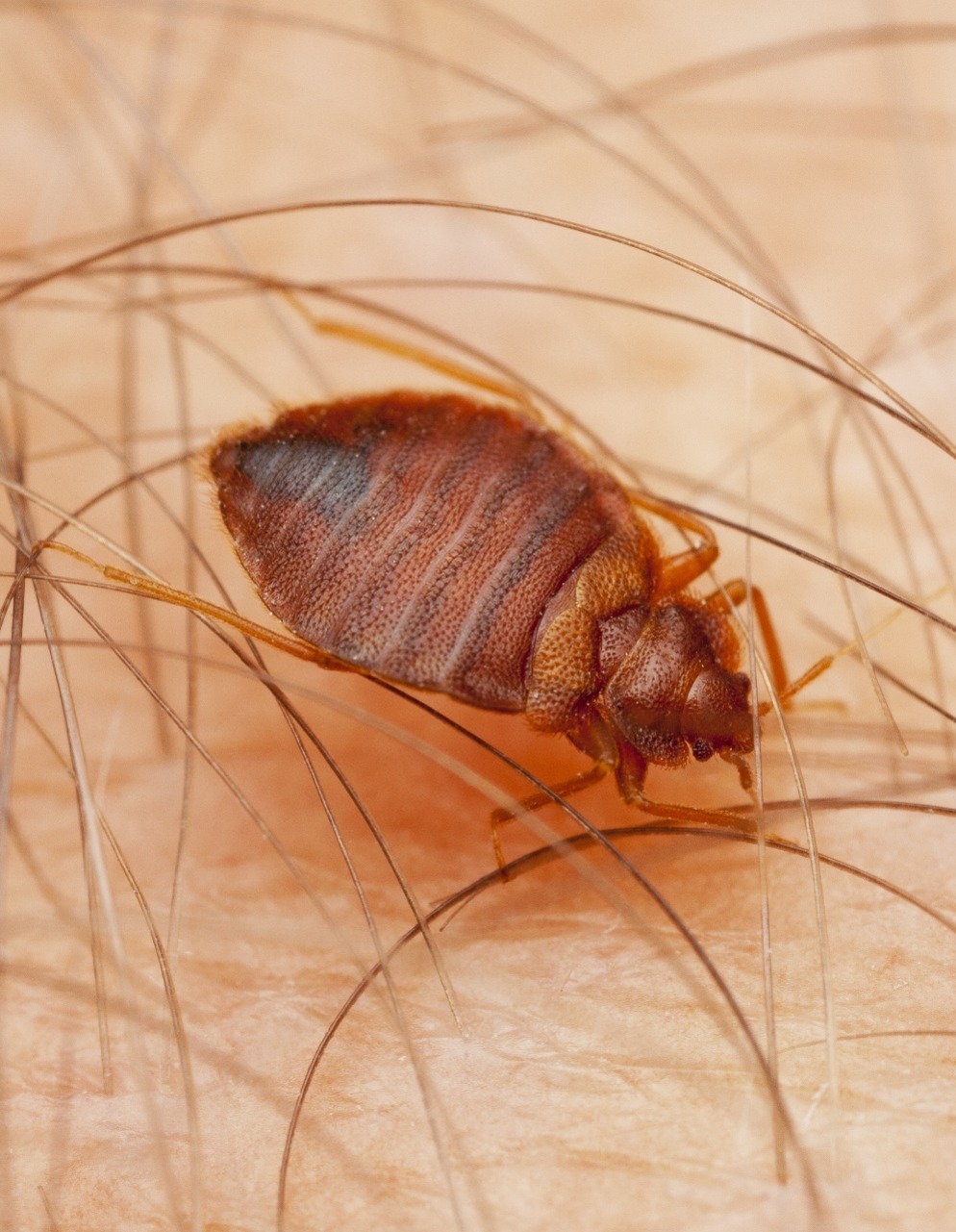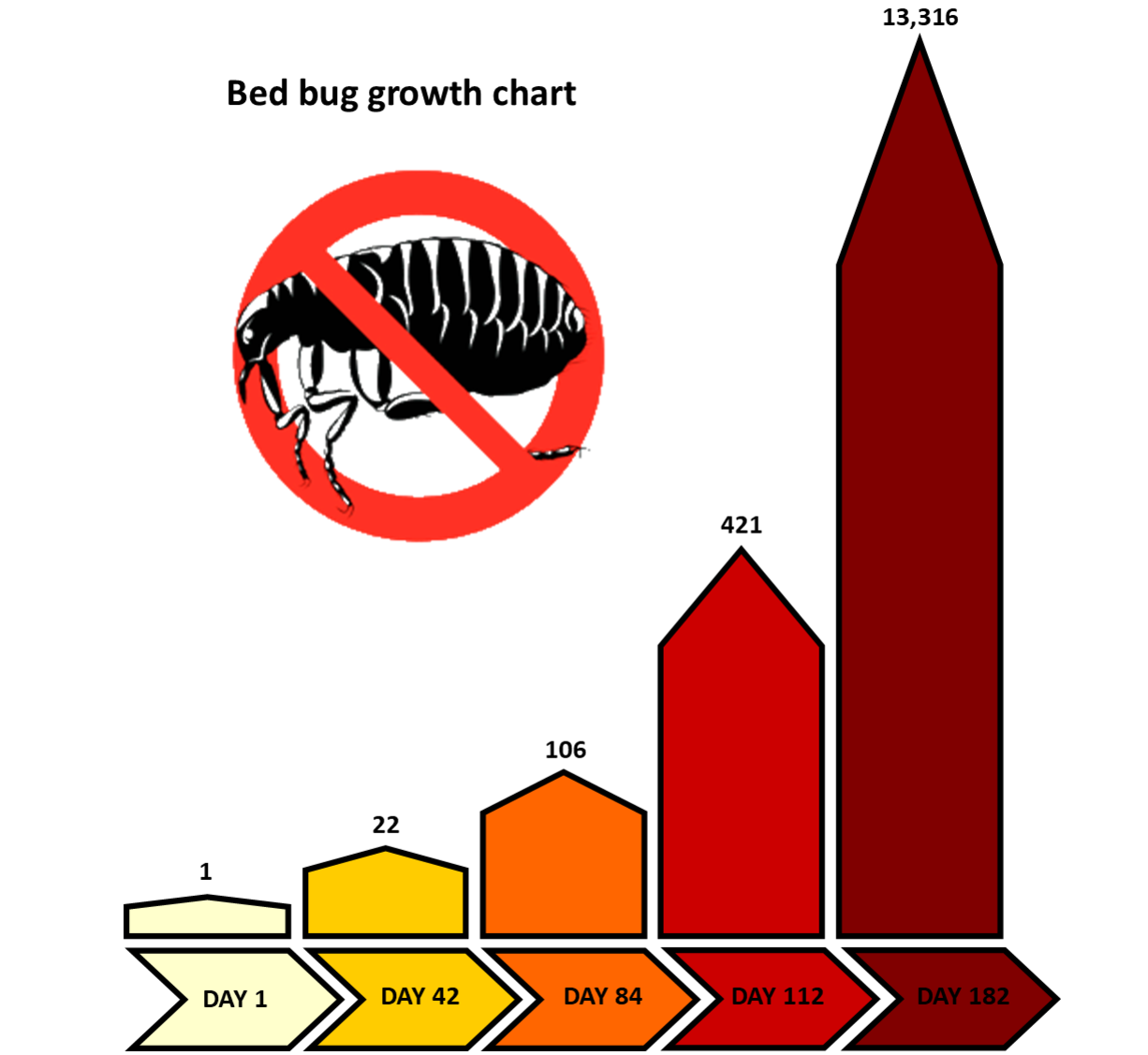Bed bug heat treatments in Reading
Bed bug heat treatments throughout Reading from a local company
Temperature extremes are a recognised way of killing insects, we sometimes use a freezing spray to deal with wasps and hornets as temperatures in the minus Celsius range work well and we use high temperatures to kill off bed bugs. Every living thing has a temperature at which life cannot be sustained and this is known as the thermal death point; with bed bugs its around the 44 *C to 49 *C range.
We use a dry steam generator which produces temperatures of 180 *C to kill off bed bugs when carrying out treatments in Reading we also have portable electric heaters which can raise the temperature to 60 *C within the entire room, killing off bed bugs and any other insects that lurk there.

What are bed bugs?
Bed bugs are a blood sucking parasite that has been thought to have evolved from another species of parasitical insect that feeds on bats. The link is the use by our ancestors of cave systems where the bat bugs lived, these insects found that the relatively hairless humans were a good source of food so adapted to live off us and from then on we had bed bugs.
Bed bugs are associated with bedding however its common enough to find them in places where humans spend time; trains, planes and automobiles come immediately to mind and its easy to pick these insects up in cinemas and theatres.
The reason for this is when the bed bugs evolved to target humans they adapted the ends of the legs to form a small claw, with this claw they can cling on to our fine body hair and clothing, this makes bed bugs super hitchhikers and they travel with us to these places.
Another evolution factor is that bed bugs like to feed on the host then climb off and hide someplace nearby, bed bugs are thigmophilic which means that they like to squeeze into cracks in seats and beds where the sides touch their bodies. Car seats, airplane seats, beds and cinema seats all have ideal hiding places for these insects and a new host will be along in hours or days.

Chemical resistance in bed bugs and why heat treatments are so important.
There are two species of bed bugs found widely across the UK; Cimex lectularius and Cimex hempiterus, and its lectularius that is giving the pest control industry nightmares.
Chemical resistance in bed bugs and why heat treatments are so important.
Cimex lectularius is developing resistance to insecticides at an alarming rate causing treatments to fail and more misery for those afflicted with bed bugs. Many pest control companies rely on a chemical spray as the only means of tackling bed bugs and this is the cause of the developing resistance. If you kill of 90% of a bed bug population with chemicals, the 10% left will develop a small amount of resistance to those chemicals. When these insects mate they pass on this small amount of resistance to their offspring who now have an natural ability to withstand the pesticides, this cycle goes on and eventually you have full resistance. What makes this worse is some companies rely on the same active ingredient for every insect application and so they will not adapt their treatment plans.
Here at Reading Pest Control we use a form of heat as the base for every bed bug treatment, insecticides are used as a secondary measure and we use a cocktail of different chemicals including one which is an insect growth regulator or IGR. IGR’s aren’t a pesticide, they work by blocking the hormones in juvenile insects preventing them from reaching adulthood and sexual maturity.
Science will undoubtably come to our aid and researchers are looking at the use of fungus that targets insects as a new weapon in the war against bed bugs.
The future of dealing with bed bugs
How do I know if I have bed bugs?
Not everyone reacts to bed bug bites and it may be some time before they realise that they actually have a bed bug problem, however, there are five well known indicators of bed bugs and these are:
Reaction to bites
If you do react, bed bug bites form large red swellings similar to those from mosquitos and with bed bugs there is a tendency for the bites to form a line; this happens when the insects crawl across the top of the bedding or nightclothes and then encounter skin. When bed bugs feed, the insect punctures the skin to find a capillary and allow our natural blood pressure to fill the insect’s stomach. The bed bug feeds, pauses to defecate and then feeds again and so you’ll often find lines of bites on areas of skin that was exposed.
Visible insects
Bed bugs will travel some distance from the host to its chosen hiding place, remember the harborage pheromone? The males will look to hide away from other males so they can entice their own group of females into the space and we will find bed bugs hiding behind pictures hanging on walls and in the fabric of curtains hanging some distance away from the bed. The Victorians called them wall bugs because they would hide away behind hangings, pictures, and tapestries. You will eventually see bed bugs travelling around as the infestation builds.
They smell
When bed bugs congregate together en masse, together with their feaces they smell and this odour is easily detectable, and this is something similar to a damp musty towel that has been left sealed up. Some pest control companies use sniffer dogs to detect bed bugs which maybe useful in places like hotels where early detection is vital, the larger the infestation the greater the smell in our experience.
Discarded skins
Bed bugs belong to a group of insects that don’t have a metamorphosis stage, baby bed bugs are tiny versions of their adult selves and called nymphs, these nymphs will go through seven different moults, shedding their outer skin each time before reaching adulthood.
These skins soon build up especially in long running infestations and they have the markings and colouration of bed bugs which are orange / reddish colour.
Blood spots on sheets
Because the bed bug is only after the solid matter that forms the red blood cells; hemoglobin and around 60% of blood is made up of liquid which the insect does not want and defecates straight out. Bed bugs need to feed every few days or so, and this means that blood spots will appear on sheets and bedding in different places. Blood spots also get left where the insects like to congregate, being thigmophilic part of the success of bed bugs is their ability to hide away from the host but close enough to easily find food. This is also an adaptation for breeding where the male bed bugs release a harbourage pheromone attracting the females; groups of bed bugs will defecate leaving a large dark smear.

Bed bug reproduction - how bad will it get?
Bed bugs reproduce at an alarming rate and each female will lay around 500 eggs, based on laboratory models a bed bug infestation roughly doubles every 13 days with just over half of the population being nymphs, followed by a third as eggs and only 12% as adults.
A single female bed bug laying her lifetimes supply of eggs can lead to an infestation with numbers in excess of 13,000 within six to seven months; early treatment is vital in the control of bed bug infestations.
The bed bug treatment process

Bed bug heat treatments in Reading

Bed bug heat treatments in Caversham

Bed bug heat treatments in Burghfield Common

Bed bug heat treatments in Tilehurst

Bed bug heat treatments in Woodley

Bed bug heat treatments in Emmer Green

Bed bug heat treatments in Bracknell
All our bed bug treatments in Reading and Wokingham have some form of heat applied in the affected area; because bed bugs are gradually developing resistance to the pesticides that we use, any treatment that relies just on a chemical application may fail.
We need to be as thorough as possible and so before we start we ask if you could do some pre-treatment preparation, during the treatment we will need to dismantle part or all of the bed to get the steam and chemicals deep into all the cracks and crevices.
In the case of divan beds with drawers or lift up beds any items stored will need to be removed; this is the same for any general storage under the bed. There is a high chance that bed bugs maybe living in these items so do this carefully and because bed bugs can survive for well over nine months without feeding, thought has to go into what you are going to do with these items? You can quarantine items that aren’t needed and these should be double bagged and sealed, alternatively you can try freezing items as temperatures as low as -18* Celsius will kill off any bed bugs.
If you have pets, arrange for them to be taken away for the day of the treatment, bed bugs will also feed on cats and dogs so it may be worth giving them a flea treatment. Wash any pet bedding on a high temperature setting; a minimum of 60 degrees Celsius is required, cooler washes will not kill off bed bug eggs.
Thoroughly vacuum the affected rooms , there are two reasons for this, firstly this removes dust which is going to be sprayed with chemicals and secondly it may reduce the bed bug population. Because there is a chance that you will have picked up bed bugs, these will now be in the vacuum cleaner so empty the machine outside of the house and seal the waste bag up. The chemicals used in the bed bug treatment have a long lasting residual capacity and we do not want the rooms vacuumed for around six weeks to enable this chemical to do its work.
Our technicians will wear PPE for their health and safety during the chemical application and so you will need to vacate the area while that is being carried out and afterwards throughout the drying period. Severe bed bug infestations will require more than one treatment and our technician will talk through the infestation and what the next steps are.
Testimonial - bed bugs in Reading
"Outstanding service my elderly dad had a bad infestation of bed bugs and I needed his bed removed and single armchair. Tony and Debra were so helpful in making dad flat get treated and removed furniture as requested. They kept regular updates with me on the procedure and making sure dad was ok throughout as it’s traumatic for anyone elderly living with bed bugs. I highly recommend this company as not only did they sort the problem they gave outstanding support throughout to myself and my dad in resolving" .










